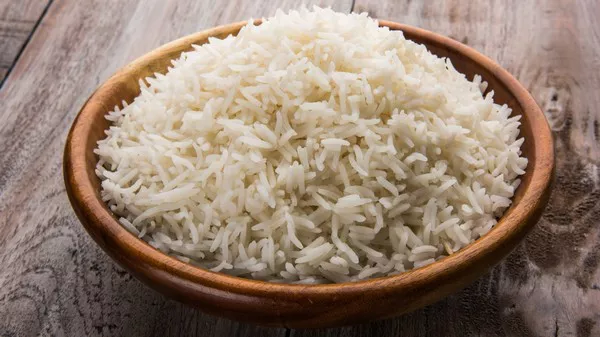Rice is a staple food consumed globally and has been cultivated for thousands of years. It is not uncommon for individuals or families to buy rice in bulk to save money and ensure a steady supply. However, proper storage is crucial to maintain its quality and nutritional value. One popular method of storage is freezing rice, which can significantly extend its shelf life. In this article, we will delve into the details of freezing rice, including the recommended storage duration, best practices, and tips for maintaining its taste and texture.
1. Understanding the Benefits of Freezing Rice:
Freezing rice is an excellent way to preserve its freshness and prevent the growth of bacteria, molds, and other contaminants. By lowering the temperature, you inhibit the enzymatic activity that degrades the quality of rice over time. Additionally, freezing inhibits insect infestation, ensuring that your rice remains pest-free.
2. Preparing Rice for Freezing:
Before freezing rice, it is essential to properly prepare it. Follow these steps for optimal results:
Cook the rice: Cook the rice according to the package instructions or your preferred method. Ensure the rice is cooked thoroughly but not overly soft.
Cooling: Allow the cooked rice to cool completely at room temperature. Cooling the rice prevents condensation from forming during freezing, which can lead to freezer burn.
Portioning: Divide the cooled rice into meal-sized portions to facilitate easy thawing and minimize waste. Use airtight containers or freezer bags for packaging, removing as much air as possible.
3. Freezing Rice: Duration and Best Practices:
Storage duration: Properly frozen rice can generally be stored for up to 6 months without significant degradation in quality. However, for best results, it is recommended to consume the rice within 2 to 3 months.
Optimal temperature and placement: Set your freezer to a temperature of 0°F (-18°C) or below. Place the rice packages in the coldest part of the freezer, away from other foods that may transmit odors.
4. Thawing and Reheating Frozen Rice:
Thawing: To thaw frozen rice, transfer the desired portion to the refrigerator and allow it to defrost overnight. Avoid thawing at room temperature to reduce the risk of bacterial growth.
Reheating: Reheat thawed rice thoroughly before consuming. This can be done by microwaving, steaming, or re-cooking it in a saucepan with a little water. Ensure it reaches an internal temperature of at least 165°F (74°C) to kill any potential bacteria.
5. Tips for Maintaining Quality:
To ensure the best quality of frozen rice, consider the following tips:
Label and date: Clearly label each package with the date of freezing to keep track of storage time.
Avoid refreezing thawed rice: Once you have thawed frozen rice, it is best not to refreeze it as this can negatively impact its texture and taste.
Quality check before consumption: Inspect the rice for any signs of spoilage, such as off smells, discoloration, or unusual texture. If any of these are present, discard the rice to avoid foodborne illnesses.
6. Safety Precautions:
While freezing rice can significantly extend its shelf life, it is essential to observe safety precautions:
Proper packaging: Always use airtight containers or freezer bags to prevent freezer burn and contamination.
Hygiene practices: Ensure that all utensils, surfaces, and hands are clean when handling rice to prevent cross-contamination.
High-risk groups: Individuals with compromised immune systems, pregnant women, infants, and the elderly should exercise caution and consult with healthcare professionals regarding the consumption of frozen rice.
Conclusion:
Freezing rice can be a convenient and effective method for prolonging its shelf life while maintaining its taste and texture. By following the recommended storage duration, best practices, and safety precautions outlined in this article, you can confidently enjoy frozen rice as a nutritious and versatile ingredient in your meals. Remember to prioritize food safety and quality by properly thawing and reheating the rice before consumption.

